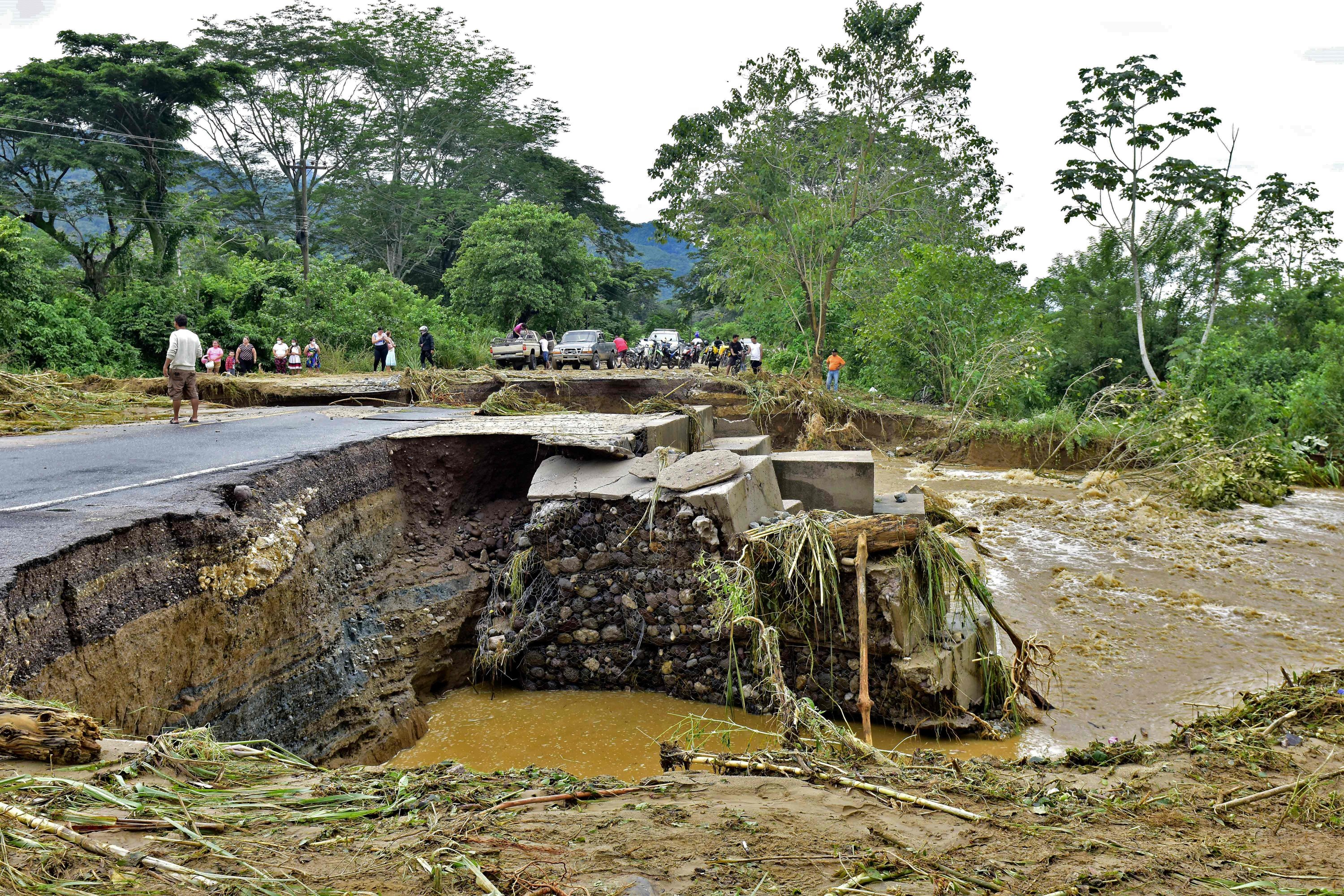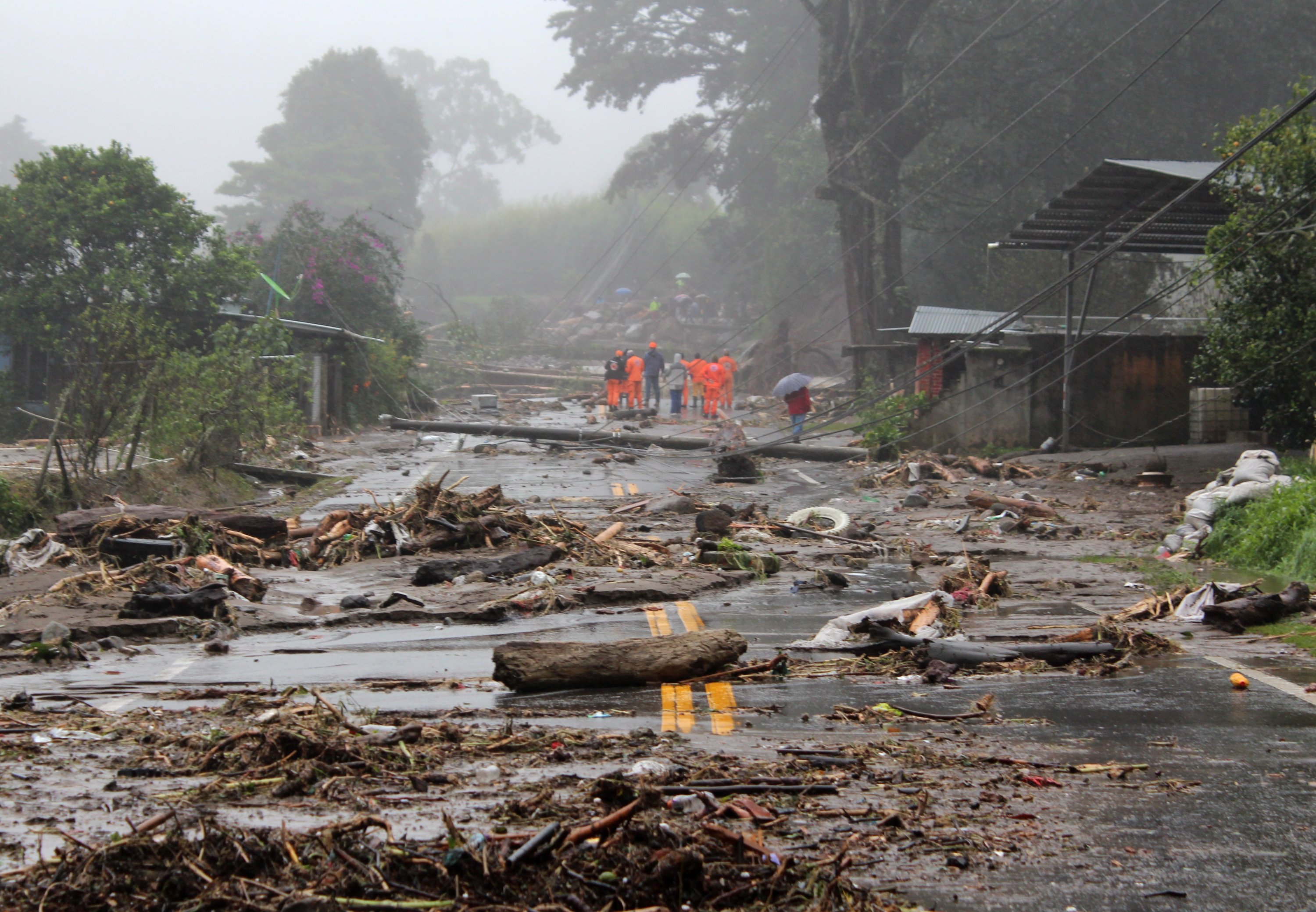© Turkuvaz Haberleşme ve Yayıncılık 2024
Storm Eta unleashed torrential rains and catastrophic flooding in Central America, killing at least 18 people and turning streets into waist-high water channels, though 60 fishermen who had been missing off Honduras made it back to shore.
Families waded through flooded streets of the northern Honduran city of San Pedro Sula, while cars sat almost submerged in parts of the central Guatemalan city of San Pedro Carcha, television footage and images posted on social media showed.
"The situation is serious, it's shocking and needs to be dealt with professionally, fast," Honduran President Juan Orlando Hernandez told HCH television, pointing to reports of people stranded or stuck on roofs of flooded homes.
Damage and destruction had spread across the "vast majority" of Honduras, and speedboats and helicopters would be sent to rescue people in inaccessible areas, Hernandez said.

One of the fiercest storms to hit Central America in years, Eta struck Nicaragua as a Category 4 hurricane on Tuesday with winds of 150 miles per hour (241 kph) before weakening as it moved inland and into neighboring Honduras.
By Thursday, authorities confirmed at least five deaths in Guatemala and seven in Honduras. Media in Nicaragua also reported two miners had died in a mudslide.
In southern Costa Rica, a landslide on a house killed two residents, a Costa Rican woman and an American man, officials said. A man and a woman also died in flooding in Panama's Chiriqui province, near the Costa Rica border, authorities said.
There was better news in Honduras, where the 60 fishermen who went missing on Tuesday returned after taking shelter on cays until they were reached by boats bringing food and fuel, said community leader Robin Morales.
Calling their escape a "miracle," Morales said a man among them presumed dead from a heart attack also made it back.
"Our friends are alive, thank God," he said.

Across swathes of Nicaragua, Honduras, Guatemala and Costa Rica, high winds and heavy rain have damaged homes, roads and bridges, forcing thousands to take cover in shelters.
On Thursday, Eta was a tropical depression moving northwest through Honduras toward the Caribbean, at 9 miles per hour (14 kph), the U.S. National Hurricane Center (NHC) said. Heavy rains continued. Its maximum winds had fallen to 30 mph.
One unidentified woman broadcast on Honduran television made a desperate plea for help in a neighborhood of La Lima, a municipality on the southeastern flank of San Pedro Sula.
"I've got five children on the roof of my house and nobody's helping me to get them down," she said.
Eta is forecast to return to sea and regain momentum as a tropical storm, reaching Cuba and southern Florida in the coming days, the NHC said.
